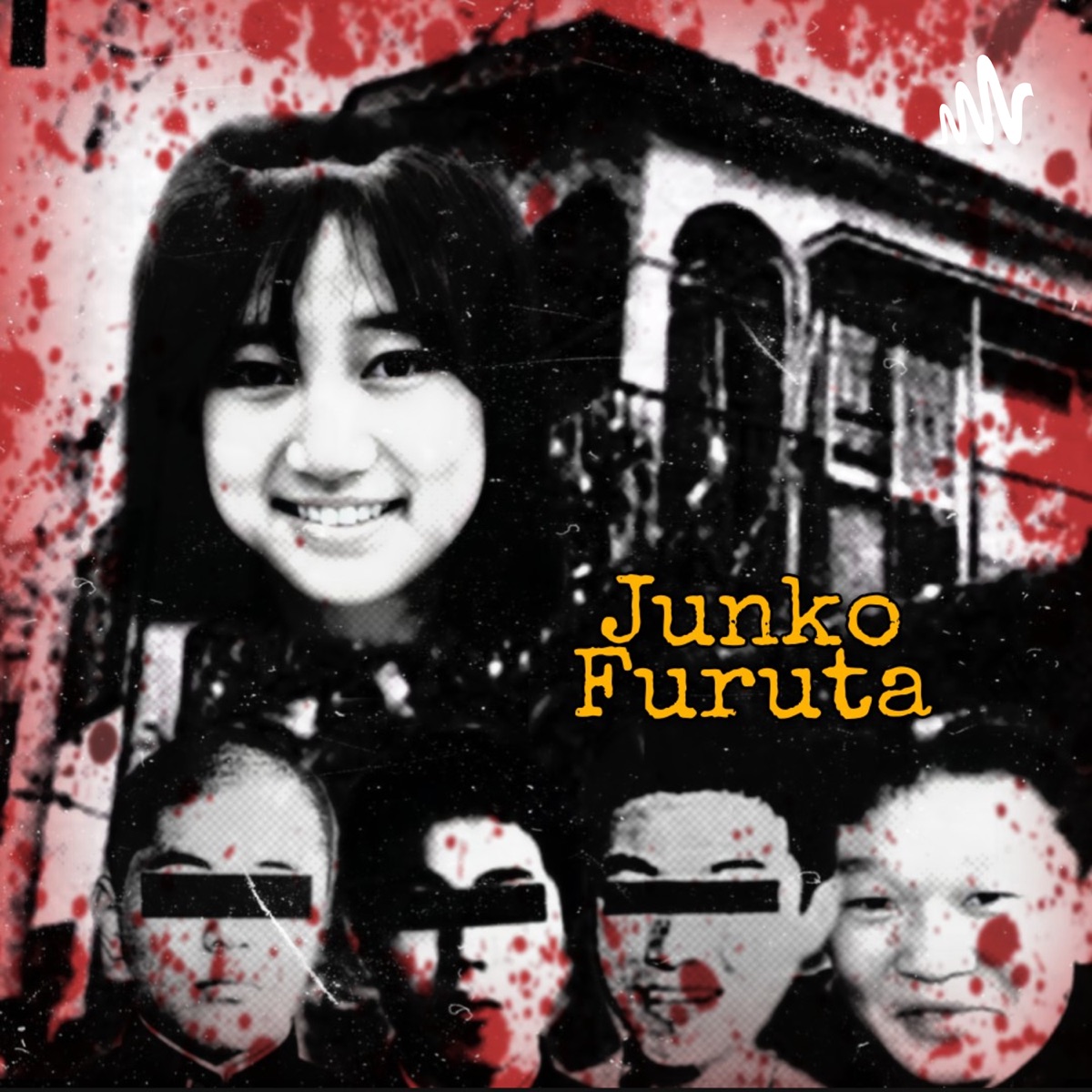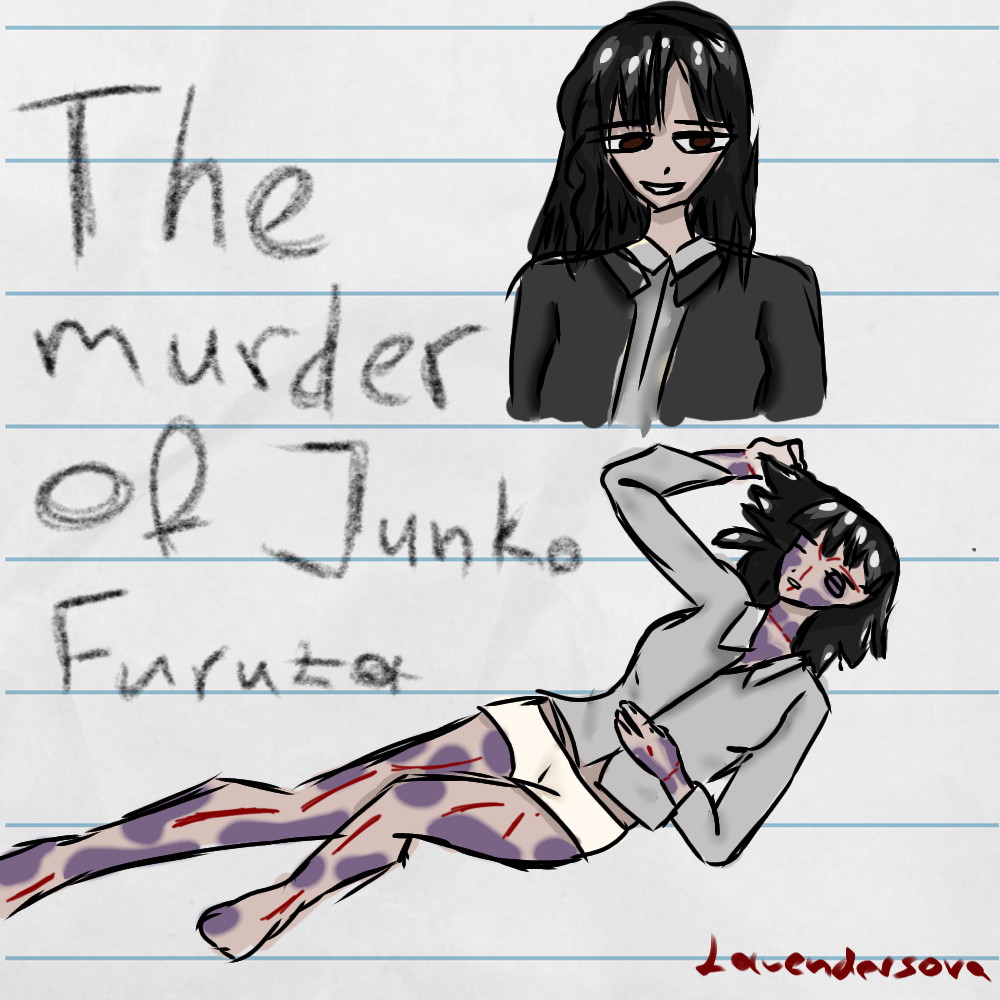Prepare yourself for a story that will leave you speechless. The name Junko Furuta might not ring a bell at first, but her tragic tale has sent shivers down the spines of millions worldwide. This isn't just another crime story; it's a haunting reminder of humanity's darkest side. Junko's story is one of the most shocking and disturbing cases in modern history, and it continues to haunt Japan decades later. So, buckle up and get ready to dive deep into this chilling narrative.
Imagine being 14 years old, full of dreams and aspirations, only to have your life taken away in the most brutal manner possible. That's exactly what happened to Junko Furuta. Her story is not just about a crime; it's about the psychological and societal implications of such heinous acts. It's a reminder of why we need to talk about justice, accountability, and the importance of protecting our youth.
Today, we're going to explore every aspect of this harrowing case, from the events that unfolded to the aftermath and the lessons we can learn. We'll delve into the details, uncover the truth, and examine how this tragedy continues to impact society. But before we dive in, let's take a moment to remember Junko and the countless others who have fallen victim to such atrocities.
Read also:Ibomma Kannada Movies 2025 Your Ultimate Guide To The Most Exciting Blockbusters
Who Was Junko Furuta?
Let's start with the basics. Junko Furuta was an ordinary 14-year-old girl from Japan, living her life like any other teenager. But her life took a tragic turn on November 25, 1988, when her world came crashing down. Junko's case quickly became one of the most infamous crimes in Japanese history, and for good reason.
But who was Junko before all this happened? She was a bright student, a daughter, and a friend. Her life was filled with potential, but it was cut short by the cruel hands of fate. To truly understand the gravity of her story, we need to look at her background and the circumstances that led to her tragic end.
Biography of Junko Furuta
Here's a quick glance at Junko's life through a biographical lens:
| Full Name | Junko Furuta |
|---|---|
| Date of Birth | March 25, 1974 |
| Date of Death | December 23, 1988 |
| Age at Death | 14 years old |
| Place of Birth | Kawasaki, Japan |
| Education | Attended a local junior high school |
These are just a few details about Junko's life, but they paint a picture of a young girl whose potential was tragically cut short.
The Events That Unfolded
On that fateful day in November 1988, Junko Furuta's life changed forever. She was abducted by a group of teenage boys who subjected her to unimaginable horrors. For 44 days, she was held captive, tortured, and eventually murdered. It's a story that's hard to stomach, but it's one that needs to be told.
Here's a timeline of events:
Read also:5movierulz 2024 Ndash Your Ultimate Guide To Downloading Movies
- November 25, 1988: Junko was abducted by four teenage boys after leaving a cram school.
- December 23, 1988: Junko's lifeless body was found in a plastic bag in a river.
- January 1989: The suspects were arrested and confessed to the crime.
Each of these events is a stark reminder of the darkness that exists in the world. But what drove these boys to commit such a heinous act? Let's explore that next.
Understanding the Perpetrators
The four boys responsible for Junko's death were all teenagers, ranging in age from 14 to 17. What drove them to commit such a monstrous act? Was it a lack of empathy, poor upbringing, or something else entirely? Psychologists and criminologists have debated this question for years, but the truth remains elusive.
What we do know is that these boys came from different backgrounds, but they shared one thing in common: a lack of moral compass. Their actions were fueled by a desire for power and control, and they showed no remorse for their deeds. It's a chilling reminder of how easily young minds can be corrupted.
The Aftermath of Junko's Death
After Junko's death, Japan was left reeling. The nation was forced to confront the harsh reality that such atrocities could happen in their own backyard. The case sparked a national conversation about juvenile crime, justice, and the need for better protection for children.
But what happened to the perpetrators? All four boys were tried and convicted, but due to their age, they were not sentenced to death. Instead, they received prison sentences ranging from 5 to 15 years. Many people felt that this punishment was too lenient, given the severity of the crime.
Public Reaction and Media Coverage
The media played a significant role in shaping public opinion about the case. Newspapers and television stations covered the story extensively, bringing it to the forefront of national consciousness. The public was outraged, demanding justice for Junko and stricter laws to protect children.
However, the media coverage also raised ethical questions about how such sensitive cases should be handled. Should the identities of juvenile offenders be protected, even in cases as severe as this? These are questions that continue to be debated to this day.
Lessons Learned from Junko's Case
So, what can we learn from Junko Furuta's tragic story? First and foremost, it highlights the importance of protecting our children. It's a stark reminder that even in seemingly safe environments, danger can lurk around every corner.
Secondly, it underscores the need for better education and support for at-risk youth. Many of the perpetrators in this case came from troubled backgrounds, and early intervention could have made a difference.
Finally, it emphasizes the importance of accountability and justice. While the perpetrators in this case were punished, many feel that justice was not fully served. This case serves as a reminder that we must continue to strive for a fair and just society.
Preventing Future Tragedies
Preventing future tragedies like Junko's requires a multi-faceted approach. It involves educating children about personal safety, providing support for at-risk youth, and implementing stricter laws to protect vulnerable populations. It also requires a societal shift in how we view and address issues like juvenile crime and domestic violence.
Organizations like Childline and the National Center for Missing and Exploited Children are doing incredible work in this area, but there's still much more to be done. We all have a role to play in creating a safer world for our children.
The Psychological Impact of Junko's Case
Junko's case has had a lasting impact on Japanese society. It has changed the way people view juvenile crime and the justice system. It has also raised awareness about the psychological effects of trauma on both victims and perpetrators.
Many experts believe that the perpetrators in this case were themselves victims of trauma, which may have contributed to their actions. This raises important questions about the cycle of violence and how we can break it. It also highlights the need for mental health support for both victims and offenders.
Breaking the Cycle of Violence
Breaking the cycle of violence requires a comprehensive approach. It involves addressing the root causes of violence, such as poverty, abuse, and neglect. It also requires providing support for those who have been affected by violence, whether as victims or perpetrators.
Programs like restorative justice and trauma-informed care are showing promise in this area, but more research and funding are needed to fully understand their effectiveness.
Junko's Legacy
Despite the tragedy of her death, Junko Furuta's legacy lives on. Her case has sparked important conversations about justice, accountability, and the protection of children. It has also inspired countless others to take action and make a difference in their communities.
Organizations around the world are working to honor Junko's memory by advocating for child protection laws and supporting victims of violence. Her story serves as a powerful reminder of the importance of standing up for what is right, even in the face of overwhelming odds.
Remembering Junko
As we reflect on Junko's story, let's not forget the person she was before tragedy struck. She was a bright, promising young girl with a whole life ahead of her. Let's honor her memory by working towards a world where every child can grow up safe and free from harm.
Conclusion
In conclusion, Junko Furuta's story is one that will never be forgotten. It's a stark reminder of the darkness that exists in the world, but also of the resilience and determination of those who seek justice and change. By learning from her story, we can work towards a safer, more just society for all.
So, what can you do to help? Start by educating yourself and others about the issues surrounding child protection and juvenile justice. Support organizations that are making a difference in these areas. And most importantly, never stop advocating for a world where every child can grow up safe and free from harm.
Now it's your turn. Share this article with others, leave a comment, and let's keep the conversation going. Together, we can honor Junko's memory and work towards a brighter future for all.
Table of Contents
- Who Was Junko Furuta?
- The Events That Unfolded
- Understanding the Perpetrators
- The Aftermath of Junko's Death
- Public Reaction and Media Coverage
- Lessons Learned from Junko's Case
- Preventing Future Tragedies
- The Psychological Impact of Junko's Case
- Breaking the Cycle of Violence
- Junko's Legacy


